Reading Ambitiously 3-28-25
Disrupt Yourself w/ Blackstone’s former CTO Bill Murphy, Data 3.0, DeepSeek tops non-reasoning models, ChatGPT’s new image engine, a rare USV founders interview, and lessons from Lynch & Buffett
Enjoy this week’s Reading Ambitiously as a podcast entirely generated by AI.
The big idea: Disrupt yourself—why most enterprises are thinking too small about AI
🧠 TL;DR: Most enterprises are playing it safe with AI—and that's the real risk.
Startups are dreaming big, but enterprise adoption is stuck in incrementalism. In this co-authored piece with Bill Murphy—former CTO of Blackstone and Managing Partner of Cresting Wave—we explore why this "vibe gap" exists, what leaders can do differently, and how to lay the groundwork for AI to truly transform your business. If you're not thinking in terms of reinvention, you're already behind.
Meet Bill Murphy, long time Reading Ambitiously listener, first time caller. Bill is a Managing Partner at Cresting Wave, curating innovations for hundreds of enterprises. Previously he was the Founding CTO of Capital IQ (acquired by S&P), CTO of Blackstone and has served on 10+ boards of hyper growth technology startups. We’ve talked a lot with enterprise leaders about AI over the past year. But nobody more than Bill. Bill gets pitched daily by founders and CEOs looking to bring cutting-edge technology into the enterprise.
Here’s the problem: while the startup ecosystem is dreaming big, most enterprises aren’t.
There’s a growing gap between what’s possible with AI and what most organizations are actually doing with it. And the difference isn’t technical—it’s cultural. Too many organizations are focused on protecting the downside vs. playing for the upside.
The enterprise vibe gap
We’re calling it the vibe gap—a disconnect between the optimism of the C-suite and the reality on the ground.
CEOs believe their companies are using AI. In the latest Axios survey, nearly 80% of them say so. But when you ask the people inside those companies, that number drops dramatically. Often less than half of the team is actually engaging with the tools.
Why? Because AI hasn’t made a meaningful dent in their day-to-day work yet. The pilots are small. The use cases are marginal. The stakes are low.
AI is being treated as a feature, a helper for their current workflows, not a foundation.
Most enterprise adoption is stuck in what we’d call incrementalism. It’s the mindset of shaving 3% off a call center cost profile or running a small trial of GitHub Copilot. That’s fine—but it’s not transformative or revolutionary. And here’s the risk: while you’re focused on squeezing out small efficiencies, someone else is rebuilding the business from first principles.
Courage and leadership
This kind of thinking—and, most of all, action—takes guts. It requires a willingness to challenge assumptions, to rethink the structure of the business, and to endure short-term discomfort for long-term gain. Ginni Rometty, former CEO of IBM used to say, “Growth and comfort cannot coexist.”
We’ve both seen it firsthand: most organizations are wired to protect the downside. Few are incentivized to swing for the upside. Remember when everyone thought Amazon was going out of business for One-Day Shipping? Or laughed at Netflix for mailing DVDs?
But this is the moment where playing it safe is the riskier choice. The ground beneath your business is shifting—fast. If you’re not moving, you’re falling behind. It’s true in life. It’s true in business. And it’s especially true in this AI paradigm shift.
A simple thought exercise: From first principles to a new, more future-proofed business
If you’re a CEO or senior leader reading this, here’s one place to start: perform an exercise that forces your teams to think differently. Everyone from marketing, sales, customer service, HR, and, of course, technology.
Try this: What if we had to?
“Double our revenue in 36 months.”
“Increase your margin by 50% in the next 24 months”
“Trade without traders or without junior traders”
“Audit without auditors”
How would we do it?
Then ask your teams to think about what it would take for the whole organization to get to that level of success. No constraints on how much change. You can think incrementally, but our assumption is those changes will not be enough. Give permission for everyone to show unfiltered creativity and evaluate every possibility.
This is the kind of moonshot thinking that clarifies. It helps separate what really matters from what doesn’t. It reveals opportunities you’d otherwise miss. And it creates the space to imagine the kind of company you want to become—not the one you’re trying to maintain. Because maintaining is very likely not enough.
Disrupt yourself—or be disrupted
If you’ve been in one of these thought exercises, you know how it feels. At first, the ideas seem wild. Then they seem possible. Then they feel obvious. But the whole time they are often politically VERY scary. They attack the incentive structures of your company, they sometimes conflict with the culture, and they always upset the status quo. Most companies never get that far—because the initial friction is too great.
Here’s the truth: self-disruption is painful. It will challenge your systems, your culture, and your people. But it’s nothing compared to being disrupted by someone else—someone smaller, faster, cheaper, and more AI-native.
Now you have a picture of the company you are striving to build in two, three, or five years. This is a helpful clarification exercise to communicate to the firm where you are headed and help everyone can get on board.
Get in shape for the journey
The next exercise—again, with no constraints—is to outline all the foundational moves your organization can make to enable this future. These aren’t the flashy products or customer-facing AI experiences. They’re not about restructuring jobs (yet). These are the good-hygiene, solid-management fundamentals that set you up for both evolution and revolution.
Think of them as your no-regrets moves:
Clean and link your data assets
Centralize your source documents
Document any one-off, spreadsheet-based processes
Identify duplicative systems
Define and clean up all your APIs and system interfaces
Inventory and plan to retire legacy systems dragging down productivity
These are classic digital transformation steps—but they’re also the critical building blocks for AI to actually work in your organization. Don’t treat AI like a side project. The real value comes when you embed AI into the workflows, data flows, and decision points that already matter. That’s only possible when your foundations are clean, connected, and ready. And yet, they’re usually the first things to get deprioritized in favor of splashy, one-off experiments.
This is your moment to question comfort, reset incentives, reframe what success looks like, and demand curiosity from your teams. Reimagine your business not as it is, but as it could be—and then do what should have been done all along: lay the groundwork for a simple, nimble, well-organized information ecosystem that will ultimately breed intelligence across your organization.
Because if you want to harness what AI makes possible tomorrow, you need to get in shape today.
The question is whether you’ll adapt—or fall into the trap Clay Christensen warned us about. The real risk isn’t AI. It’s clinging to legacy systems, protecting the status quo, and slowly slipping into irrelevance. In the pursuit of preserving the past, you may unknowingly forfeit the future.
Best of the rest:
⚙️ Most AI Value Will Come from Broad Automation, Not from R&D - Epoch argues that the biggest gains from AI won’t come from new discoveries—but from automating work across industries. - Epoch
🗺️ Roadmap: Data 3.0 in the Lakehouse Era - As the modern data stack evolves, a new architectural shift is redefining enterprise infrastructure—bringing greater interoperability for the AI age. - Next Big Teng
📉 Private Markets Get More Public - Matt Levine unpacks the growing transparency in private markets - Bloomberg Opinion
Charts that caught my eye:
→ Why does it matter? DeepSeek V3-0324 is now the highest-scoring non-reasoning model—ranking ahead of OpenAI’s GPT-4.5 and xAI’s Grok. So… where the heck is Llama in all of this? I thought they had the most H100s! The best non-reasoning model is an open-source model. For the first time.
→ Why does it matter? The classic build vs. buy decision is already repeating itself in the AI era. Back when SaaS first emerged, I remember constantly referencing the iceberg—you only see the tip, but there’s a massive amount of infrastructure beneath the surface required to truly solve a business problem. If you choose to build, it’s remarkable how much you’ll end up needing. That’s exactly why there’s such a big opportunity for startups that make this simple for specific industries.
→ Why does it matter? Last week, headlines buzzed about Google's eye-popping valuation for the acquisition of cloud security company, Wiz. Not only is this Google's largest acquisition ever, but they're also paying a significant premium. Cybersecurity startups consistently rank among the world's most valuable cloud software companies. Cloudflare and CrowdStrike, number two and three respectively, both currently trade at around 15x revenue.
Tweets that stopped my scroll:
→ Why does it matter? The internet is buzzing over the latest updates to ChatGPT’s image generation engine. Every image you’re seeing? Fully generated by AI. The implications for the future of graphic design are massive. In this new world, the premium on original ideas—and the ability to prompt them—goes way up.
→ Why does it matter? Kai-Fu Lee is a Taiwanese-born, U.S.-educated computer scientist, businessman, and AI expert, currently serving as the chairman and CEO of Sinovation Ventures, a leading venture capital firm in China, while also being a prominent author of books like AI Superpowers and AI 2041. According to Benioff, The commoditization of AI models and UIs (e.g., DeepSeek) means that the real competitive edge lies in data and metadata. The “it” in AI is the dataset.
→ Why does it matter?
→ Why does it matter? You miss 100% of the shots you don’t take. Apparently, Satya was reading his email on a Saturday afternoon and Aadit got into his inbox at the perfect time!
→ Why does it matter? You have to see this demo of the latest version of OpenAI’s Operator. The AI takes control of a user’s computer, reads PDF documents, and extracts the data into a structured database—autonomously. So many tasks today are bottlenecked by the lack of a programmatic interface. Operator flips that on its head. In a lot of worlds where APIs don’t exist, this might be the workaround.
Worth a watch or listen at 1x:
→ Why does it matter? Fred Wilson and Brad Burnham of USV are legends in venture capital—and it's rare to see them interviewed, even rarer together. This one’s definitely worth a watch.
Quotes & eyewash:
The mission:
The Wall Street Journal once used ‘Read Ambitiously’ as a slogan, but it became a challenge I took to heart. If that old slogan still speaks to you, this weekly curated newsletter is for you. Every week, I will summarize the most important and impactful headlines across technology, finance, AI and enterprise SaaS. Together, we can read with an intent to grow, always be learning, and refine our lens to spot the best opportunities. As Jamie Dimon says, “Great leaders are readers.”


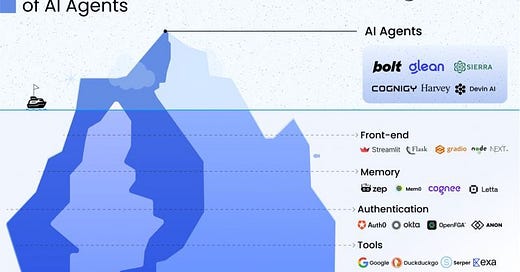






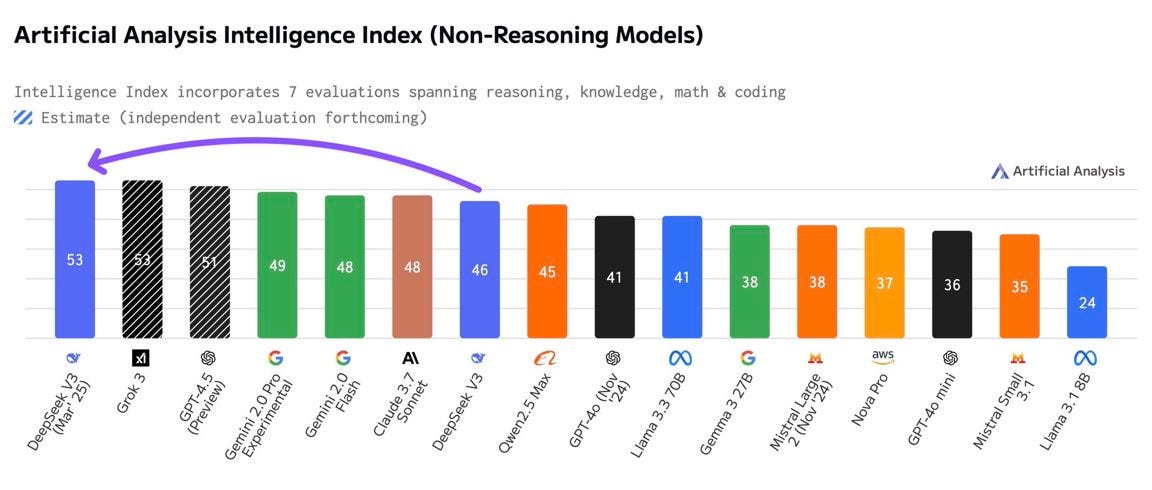

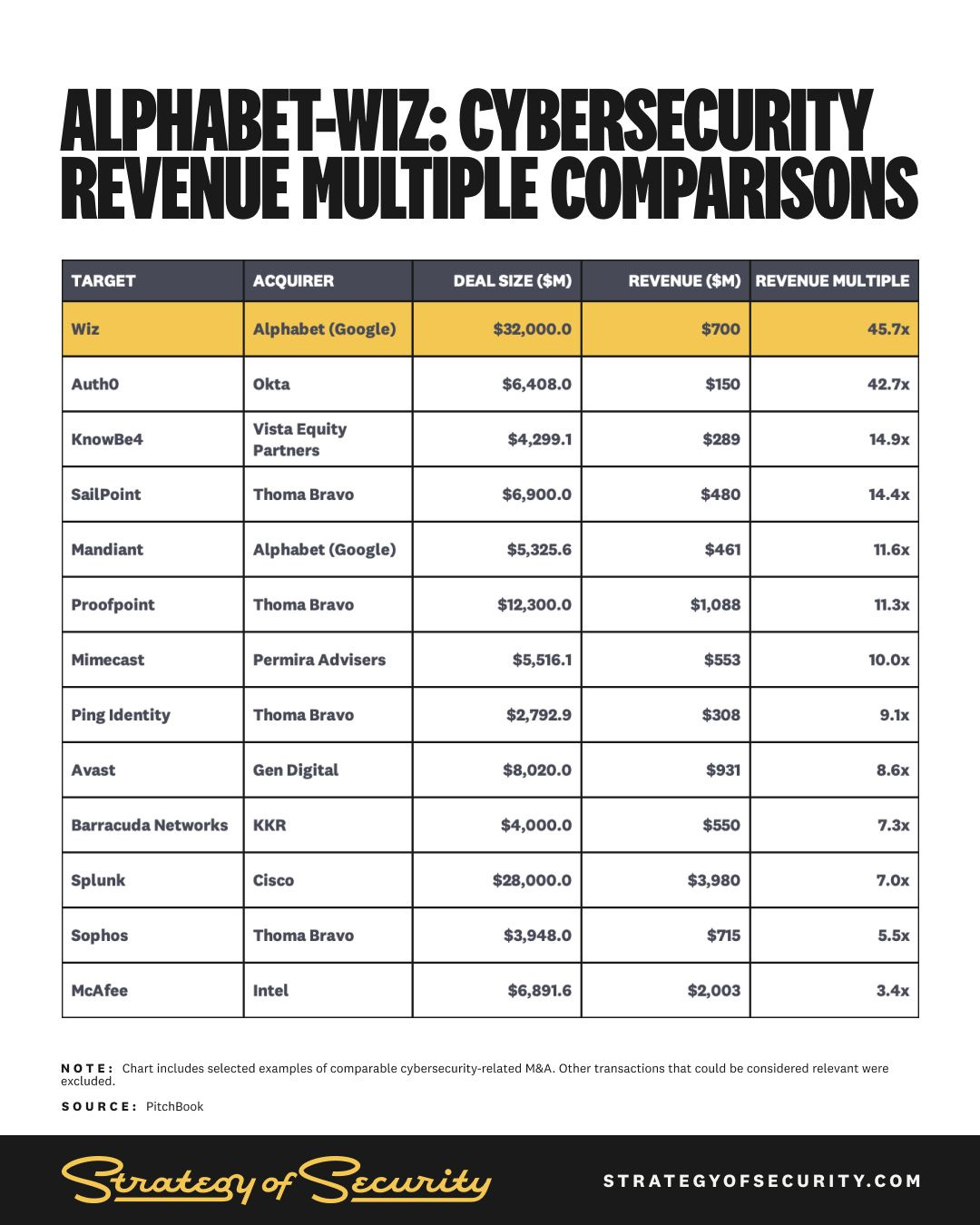




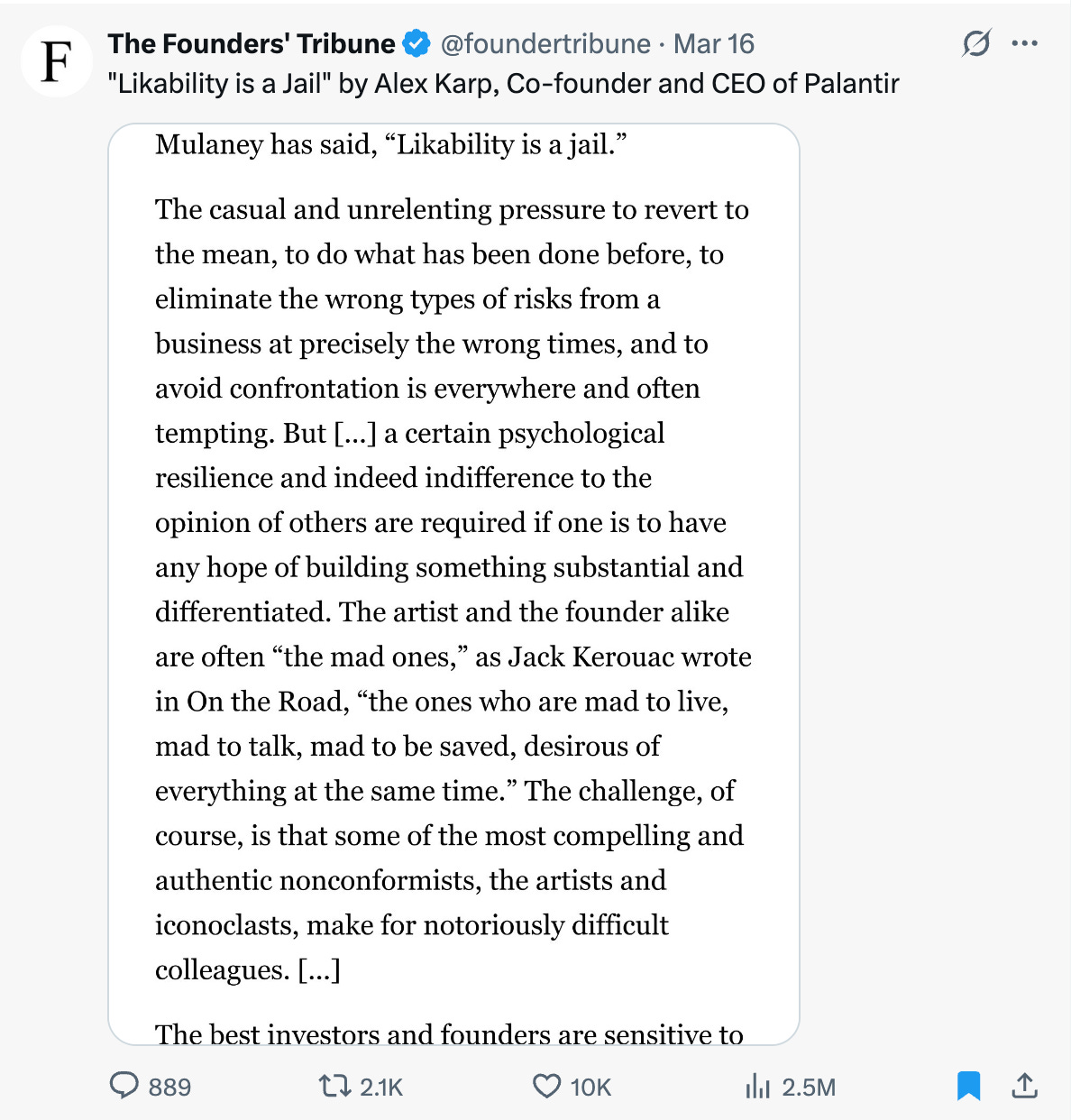

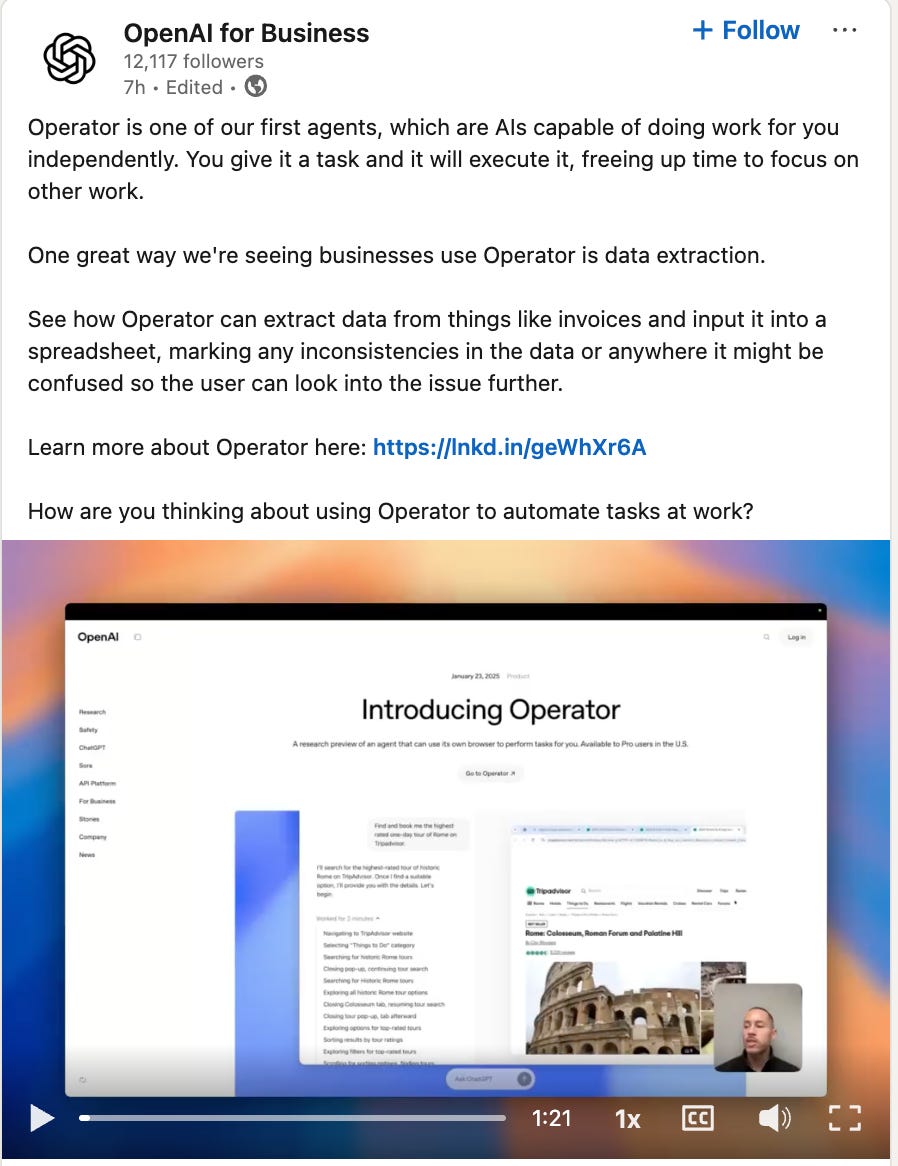


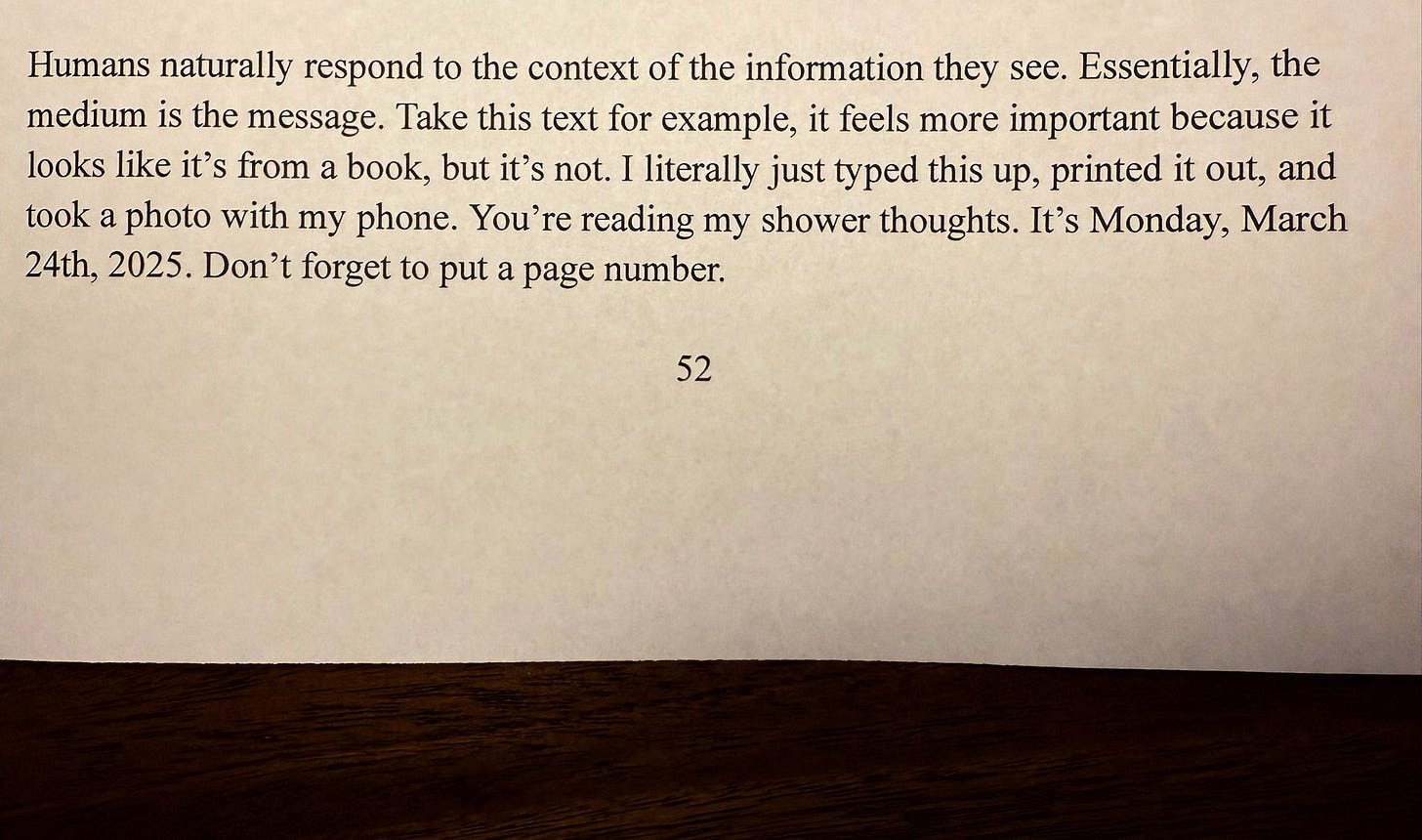
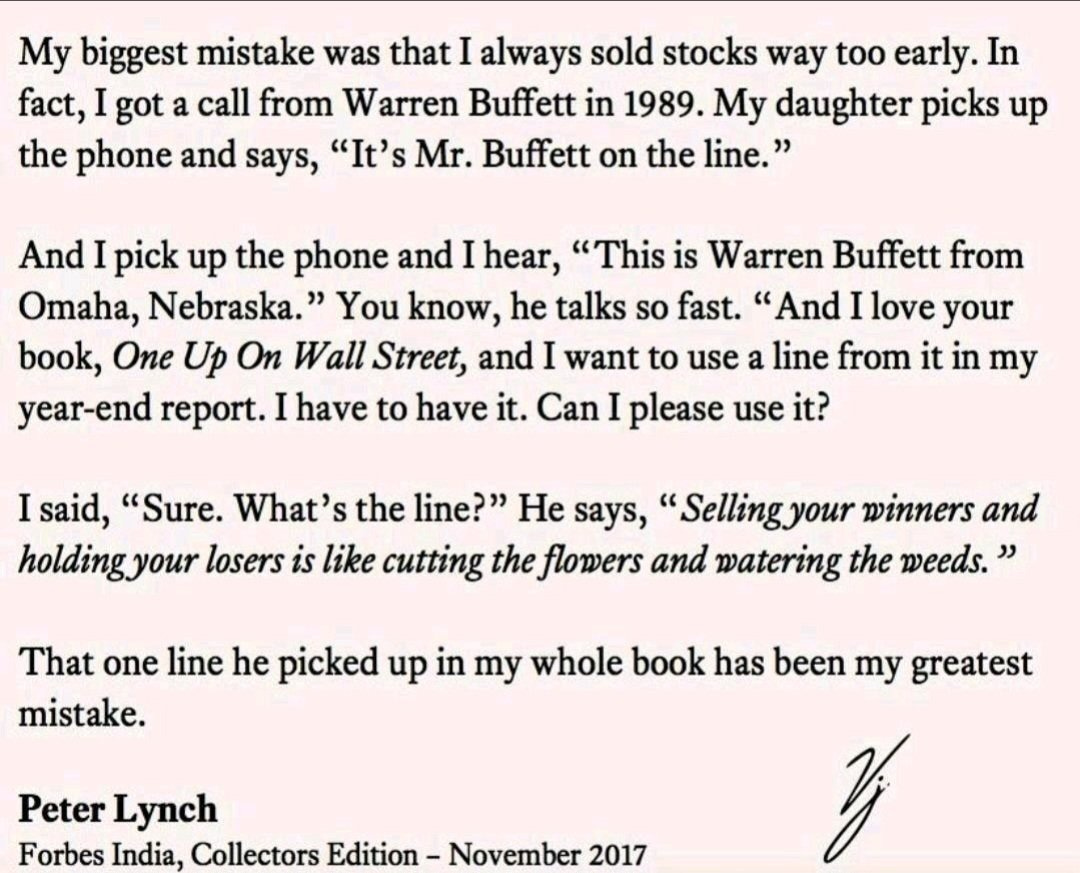
Great updates this week Jack! Thx again for sharing.
“Growth and comfort cannot coexist.” I may get this tattooed on my arm!